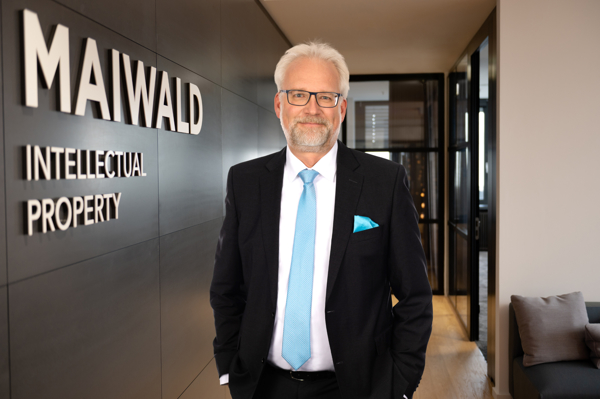In Germany IP marking is not mandatory. However, IP marking may have the advantage, besides marketing aspects, that competitors are warned of the IP protection and that a malicious act of the competitor can be more easily argued before court, in case of patent infringement.
However, when products comprise any type of patent marking, the IP owner/distributor is legally obliged to provide information of the granted patent or patent application upon request by third parties (§ 146 PatG). The same applies to utility model markings (§ 30 GebrMG) and design markings (§ 59 DesignG). Moreover, it should be kept in mind that erroneous, deceptive or false IP marking is illegal under unfair competition law according to § 5 S. 2 Nr. 3 UWG.
According to German case law the English term “patent pending”, or any abbreviation of it, will be generally interpreted as if a patent has been granted. Thus, marking a product with “patent pending” when a corresponding patent has not been granted will be seen as false IP marking.
The following suggestions for patent marking are usually acceptable in Germany:
The patent application has been published:
- Patent angemeldet; Patentanmeldung offengelegt; DP angem.; Pat. angem.;
- Europa-Patent angem.; EU-Pat. angem..
The patent has been granted in Germany:
- Deutsches Bundespatent; Deutsches Patent; patentiert; patentamtlich geschützt, patentrechtlich geschützt; patented; Pat.; pat.; DBP; DBuPat; DP.
The patent has been granted in Germany and another foreign country:
- international patentiert; internationaler Patentschutz;
- Europäisches Patent; EPÜ-Patent; EPA-Patent; Europa-Patent;
- patentiert; patentrechtlich geschützt; patented; Pat.; pat.; int. Pat..
The patent has been granted in a foreign country, but not in Germany:
- ausländische Patente;
- Patent + name of country of protection (e.g. US-Patent); EPÜ-Patent + name of the European country of protection.
Last but not least, marking with ® and TM commonly used in English speaking countries for trademarks is also not obligatory in Germany and does not belong to the common German practice. However, if used both of these symbols are interpreted as if the trademark is registered in Germany.
